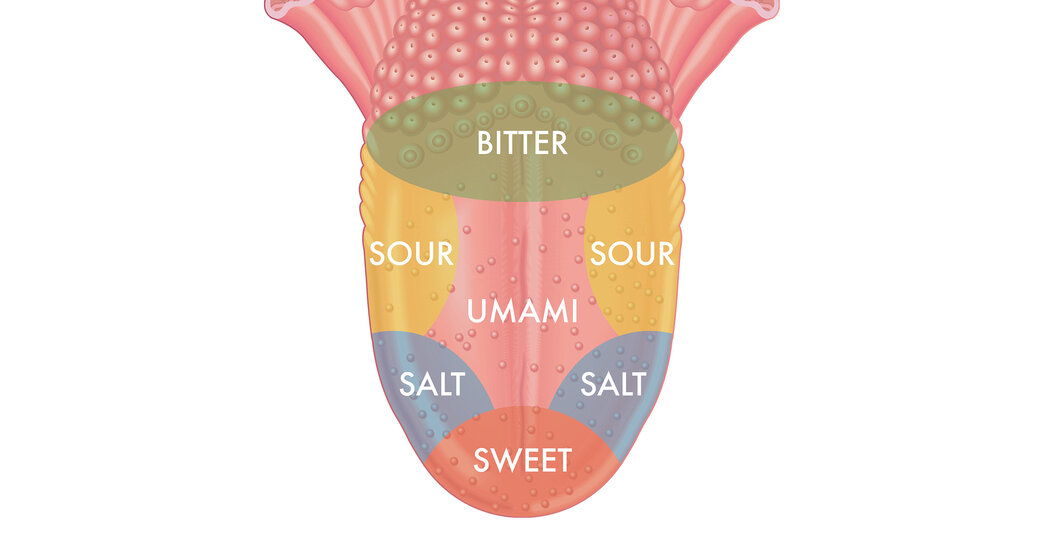The perception of taste is remarkably complex, not only on the tongue but in organs throughout the body.
The idea that specific tastes are confined to certain areas of the tongue is a myth that “persists in the collective consciousness despite decades of research debunking it.” Also wrong: the notion that taste is limited to the mouth.



Punnett squares and gene dominance/recession is a very simplified explanation for a single gene. A lot of things, like eye color, are controlled by multiple genes. And that doesn’t even touch epigenetics, where even a dominant gene may not be expressed, usually due to environmental factors. So it’s not wrong, just simplified, and that should be explained. If someone told you “this is how it works, and there is nothing else going on” then they lied to you. But the genetics is true.
Newtonian mechanics are not wrong, just simplified. That is fine. What I’m saying is wrong is picking an example which specifically violates the exact parameters of the simplified model you’re teaching. It’s like if you’re teaching Newton’s laws and you decide to model a space probe traveling at 10% of light speed as your example. Just pick another example. For Punnet squares, you could talk about the bean plants, or blood types in people, or whatever you want that is pretty well abstracted as a single gene. Idk, for me I was never told in school that the blue/brown square was any simplified model of what was really going on. It was just, it’s a single gene, it’s brown and blue, that’s what’s up.
So this book actually goes into quite a lot of detail about why I think this is a problem. Page 110-112 talk about the original conclusion by adult scientists that blue and brown eyes work exactly in this simplified model. Pages 114-131 go into the incredible level of genetic and environmental and perceptual factors that actually determine eye color and what the actual spectrum is and why.
What I think is interesting is the pages between, where the author cites a bunch of scientists who had clearly modified their data to get the “right” answers (e.g. swearing confidently that two blue-eyed parents could never produce a brown eyed child, when the actual tested number was 12%). Just kind of clinging to the simplified model because it’s what you were told.
I don’t think we need to give the full hugely complicated model in a genetics class, although I actually think eye color would be a great way to introduce the idea that it’s a lot more complicated than just the Punnet squares in some light touching on it way. But to me, teaching the kids the page 110 explanation is a mistake because it’s teeing them up to commit the same kinds of mistakes from the following pages.